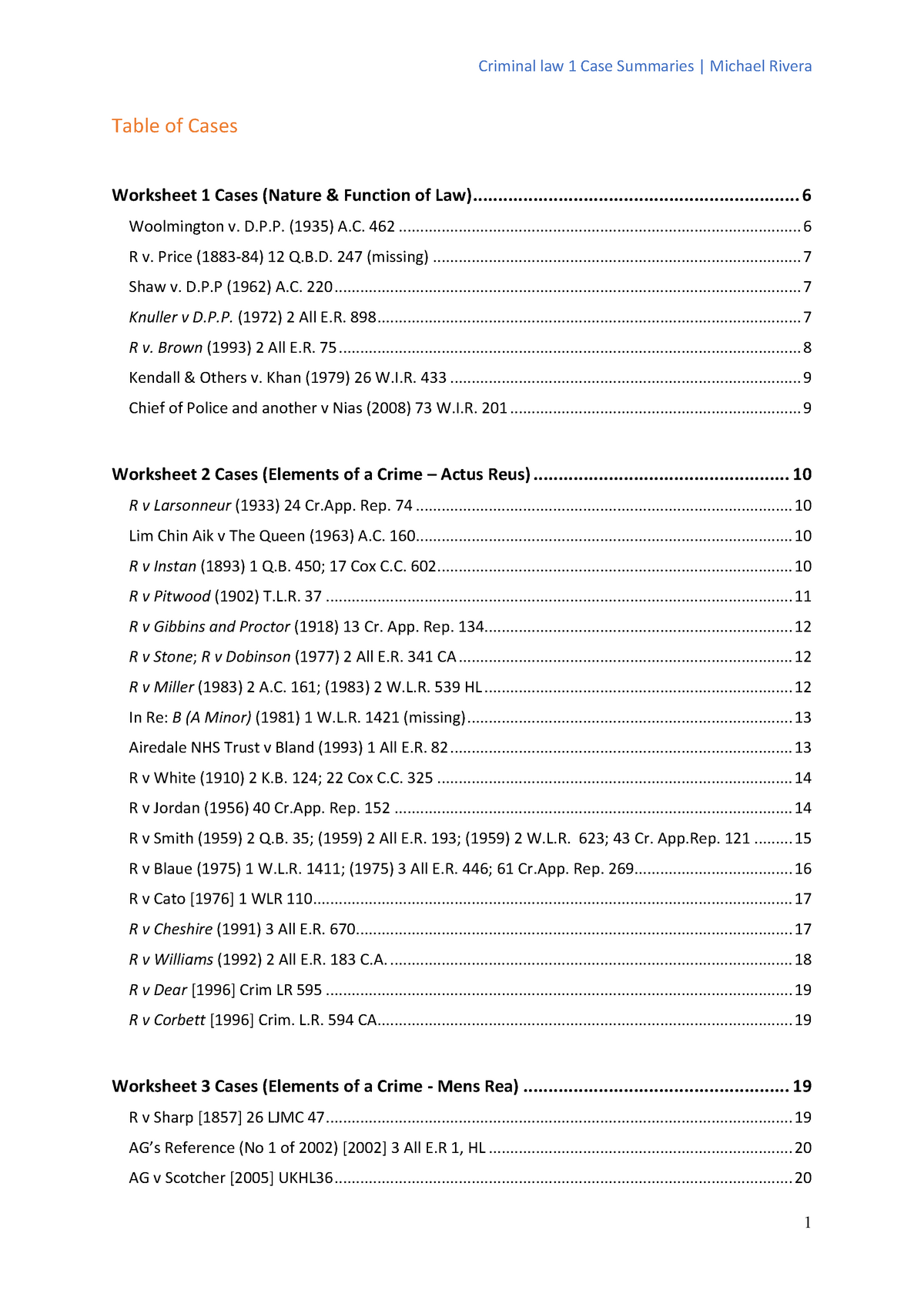Section 276 Criminal Code

C whether there is a reasonable prospect that the.
Section 276 criminal code. Section wording276 3 in determining whether evidence is admissible under subsection 2 the judge provincial court judge or justice shall take into account a the interests of justice including the right of the accused to make a full answer and defence. It precludes the admission of certain evidence. Seaboyer 1991 and is therefore often referred to as a seaboyer application.
276 1 in proceedings in respect of an offence under section 151 152 153 153 1 or 155 subsection 160 2 or 3 or section 170 171 172 173 271 272 or 273 evidence that the complainant has engaged in sexual activity whether with the accused or with any other person is not admissible to support an inference that by reason of the sexual nature of that activity the complainant. Concerns about this type of intrusion can also be a major barrier to reporting sexual assault or accessing counselling and other support services. There s no 276 at all for that matter.
Evidence of complainant s sexual activity. In 1991 the supreme court of canada declared that the original rule was unconstitutional in a case called r. There is no offense in the california penal code as 276 a a.
Trialapplications section 276applications section 276 of the criminal code of canada was enacted following the supreme court of canada decision in r v. These two provisions together came to be known as the rape shield legislation. The exclusionary effect of the rule only becomes engaged when three requirements have been met.
Enacted in negative terms the section like other admissibility rules is exclusionary. The most recent penal code goes from 273 to 278. A toolkit for navigating section 276 and 278 criminal code matters as complainant counsel in criminal proceedings.
See link where did you find this statute and are you sure you copied it down correctly. Section 276 of the criminal code is an exclusionary rule of evidence prohibiting any party from adducing evidence of past sexual activity of a complainant in certain sexual offence proceedings for certain uses on the basis that it may be used to support prohibited inferences related to the sexual activity of the victim. B society s interest in encouraging the reporting of sexual assault offences.

















